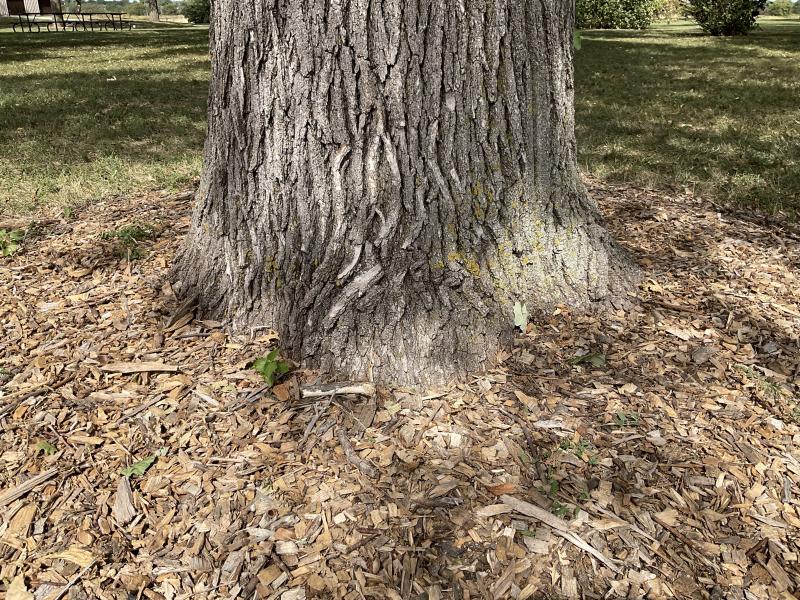
Fall is the best time of year to plant new trees, from early September through late October. Fall's cooler temperatures and increased rain allow trees to establish their root systems quickly, giving them a jump-start on spring growth. Tree root growth continues late in fall, until soil temperatures drop below 40°F.
But growing healthy trees, that will provide beauty, shade and wind protection for your property long-term, means getting them off to a good start by avoiding common problems at planting.
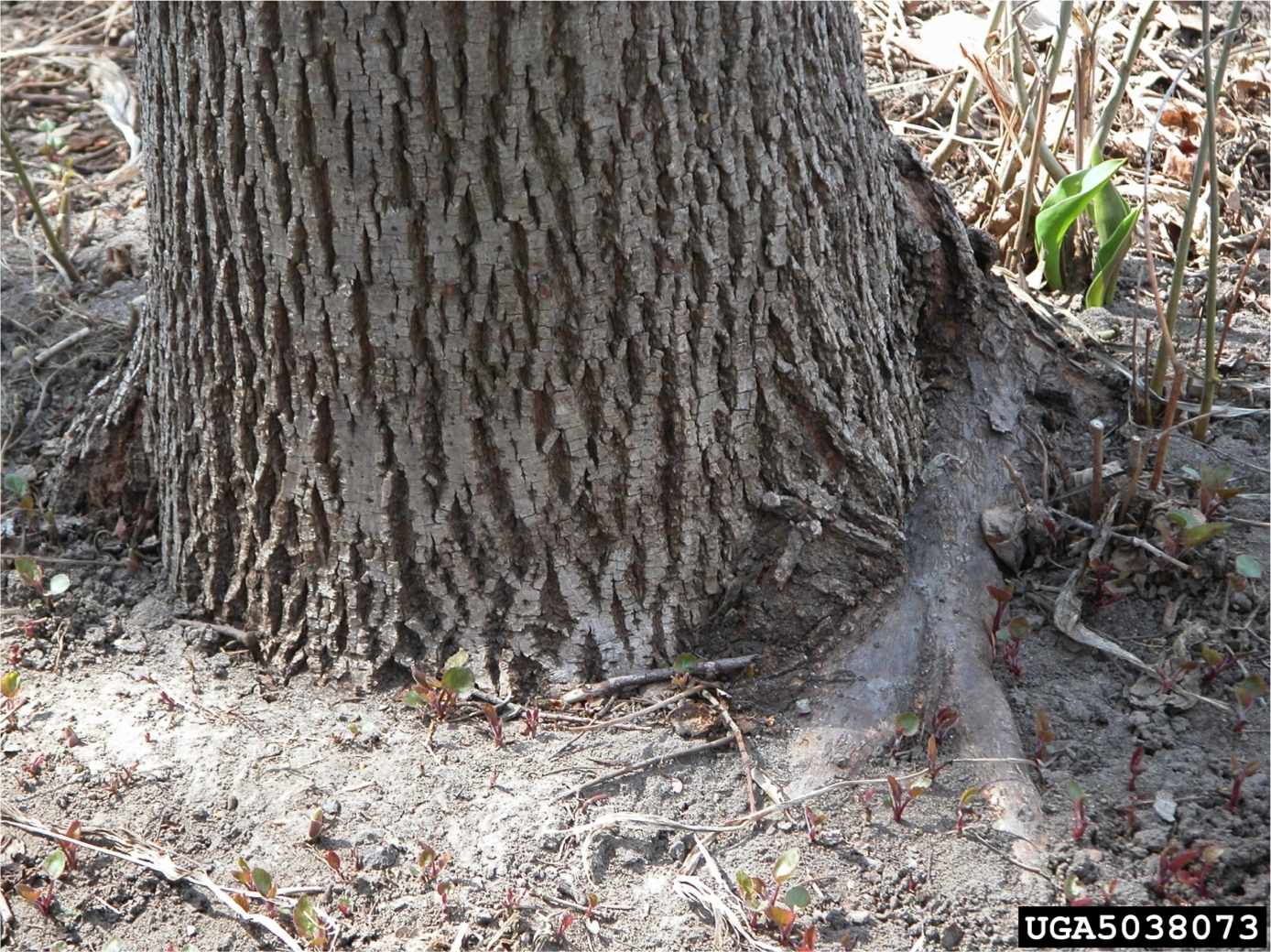 What Problems?
What Problems?
More than ever before, tree experts know that half the battle in long-term tree success is addressing potential problems before the tree is in the ground. What problems, you ask? Isn't the tree I bought in perfect condition to be planted? Maybe. But increasingly the horticulture industry recognizes that production methods we use to grow trees in containers or in the field can cause problems for trees down the road
The two most common production-related tree problems are stem girdling roots (SGR) and planting depth. These problems can kill a tree but they do it slowly, sometimes over the course of many years. Stem girdling roots, in particular, are often a slow killer, due to the time needed for roots to grow in diameter and begin compressing the trunk.
Both problems, unfortunately, are very common and are serious contributors to general decline in tree health. Affected trees grow slowly and are often stunted. Trees that are planted too deeply often take several years to become firm in the ground, if they ever do. Affected trees are much more susceptible to secondary stressors, like drought, disease or pest problems. Trees are killed by these secondary problems much more easily due to their lack of vigor.
Stem Girdling Roots 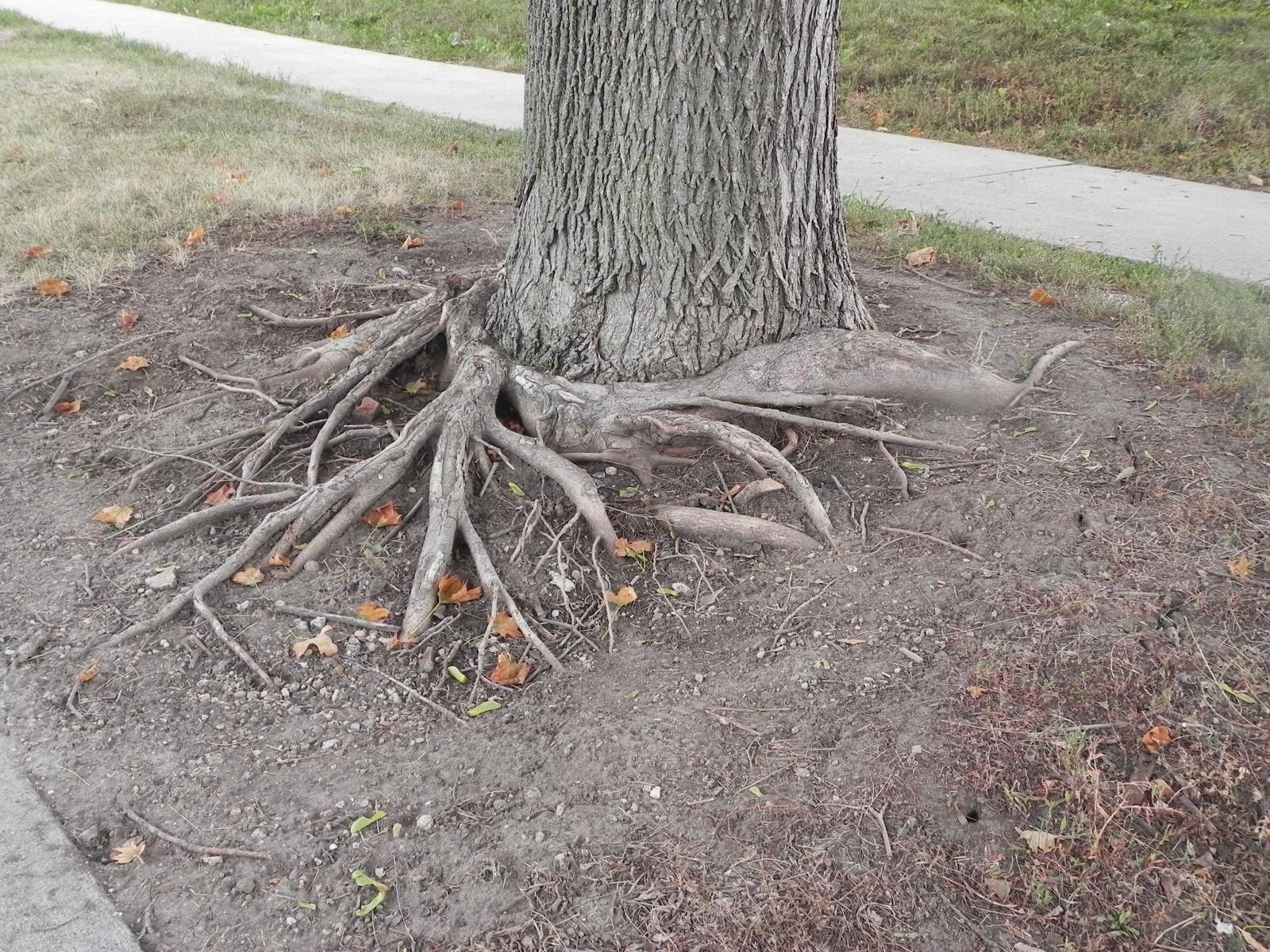 What is a stem-girdling root? Roots grow together, or graft themselves, when one root grows up against another root, IF 1) the roots are both from the same tree, or 2) from two separate trees of the same species. But, if a root grows up against or around the tree's trunk, the trunk and the root do not grow together. In this situation the root begins to compress or constrict the trunk where they touch.
What is a stem-girdling root? Roots grow together, or graft themselves, when one root grows up against another root, IF 1) the roots are both from the same tree, or 2) from two separate trees of the same species. But, if a root grows up against or around the tree's trunk, the trunk and the root do not grow together. In this situation the root begins to compress or constrict the trunk where they touch.
How do tree production methods contribute to stem girdling roots? Most trees, whether grown from seed or cuttings, are started in pots. Roots of young trees grow quickly and if they stay too long in a small pot it's a recipe for trouble. When a root touches the side of a smooth plastic pot, it turns aside and begins to circle around the outside of the rootball. Often trees are "bumped up" from smaller pots to larger ones several times during their early years, and you have to investigate very closely to find stem girdling roots that developed when trees were young.
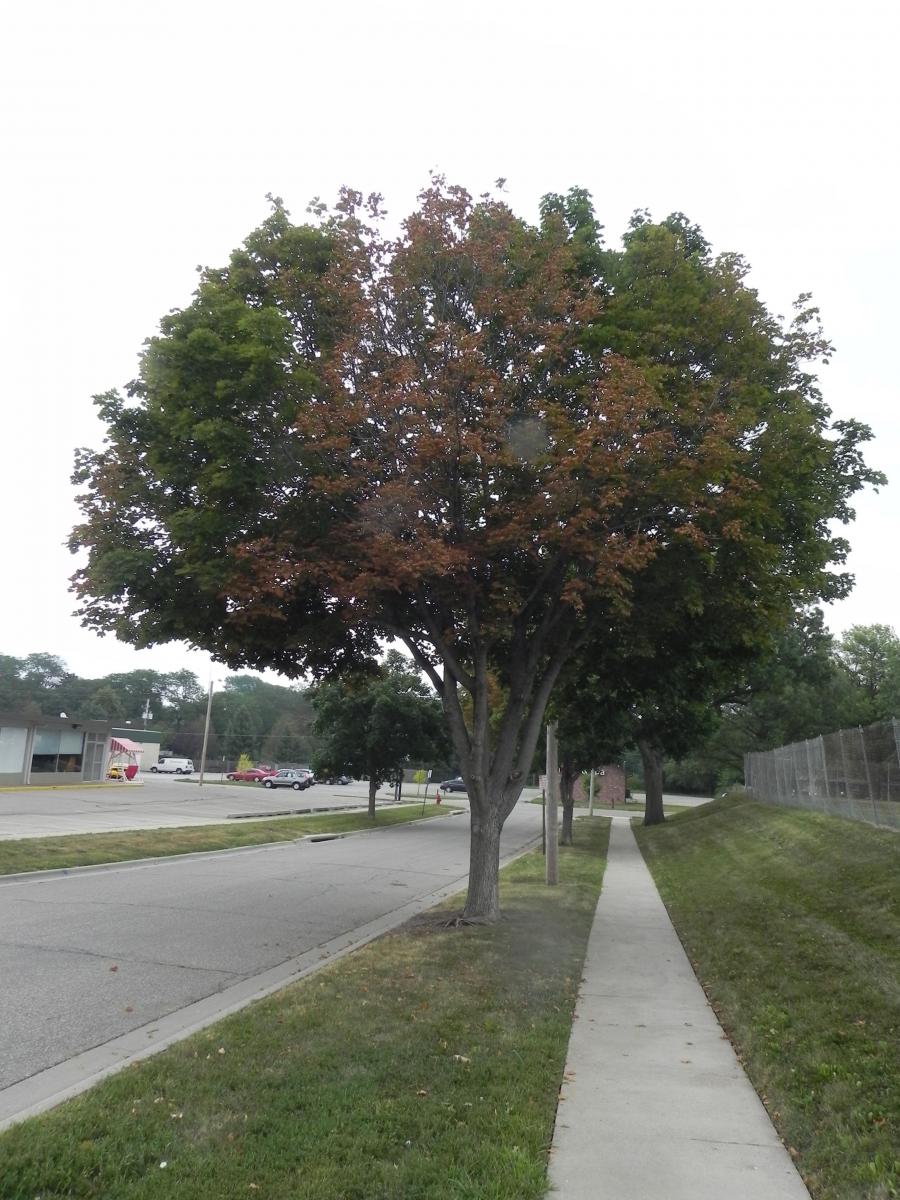 Tree Planting Depth
Tree Planting Depth
Planting depth was not commonly recognized as a major health problem for trees until the last 20-25 years. But arborists now know that if a tree's root system is buried too deeply in the soil, overall root growth is reduced and tree health, for the rest of that tree's life, is compromised. Poor root growth can be due to several factors, including 1) lower oxygen penetration into deeper soil layers (tree roots must pull oxygen from the soil to grow properly), 2) not enough moisture in deeper soil layers, or 3) roots remain too wet in poorly drained soil.
How do tree production methods contribute to planting depth problems? When young tree whips are planted mechanically in fields, they often need to be placed deep in the soil for them to stand upright. 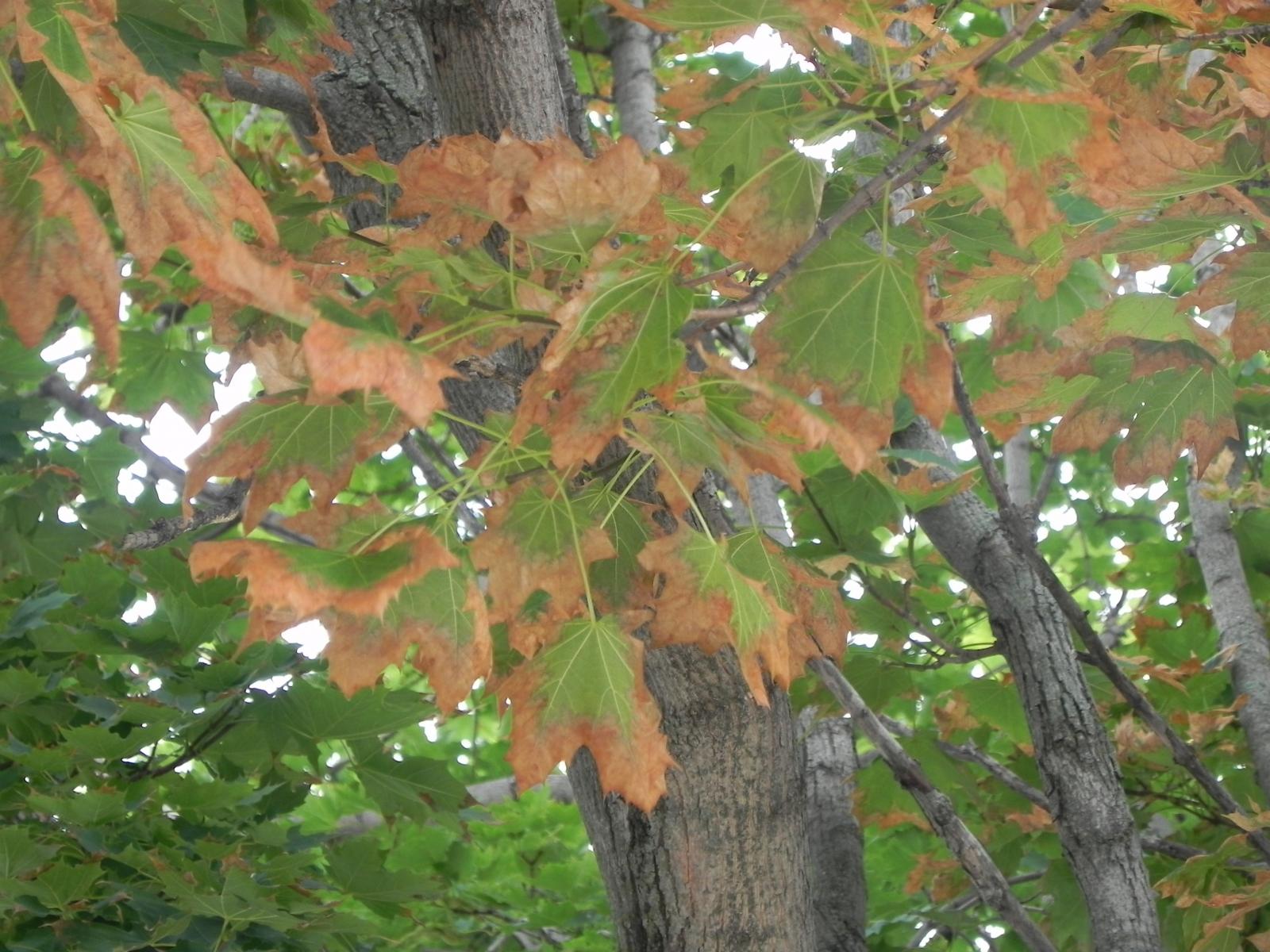 So trees often start off too deep in the field. When they are dug and potted or balled for sale, gardeners don't realize that excess soil must be removed from the top of the root ball. Likewise, sometimes trees grown in pots are placed too deep in the soil, and if gardeners don't remove the excess the tree is doomed to planting depth problems once it's in the ground.
So trees often start off too deep in the field. When they are dug and potted or balled for sale, gardeners don't realize that excess soil must be removed from the top of the root ball. Likewise, sometimes trees grown in pots are placed too deep in the soil, and if gardeners don't remove the excess the tree is doomed to planting depth problems once it's in the ground.
Ideally, when planted, the tree's first major root should be right at the soil surface and the tree's root flare should be visible at the soil line when planting is complete.
Next week, we'll look at how these problems can be managed at planting.
Images
- GirdlingRoot Bugwood - shows a surface girdling root. Image by Joseph O'Brien, USDA Forest Service, Bugwood.org.
- Girdling roots compress trunk tissues and limit water uptake though the affected area. Image by Sarah Browning, Nebraska Extension Educator
- Late summer leaf scorch due to limited water uptake due to stem girdling root. Image by Sarah Browning, Nebraska Extension Educator
- Close-up of scorched leaves. Image by Sarah Browning, Nebraska Extension Educator